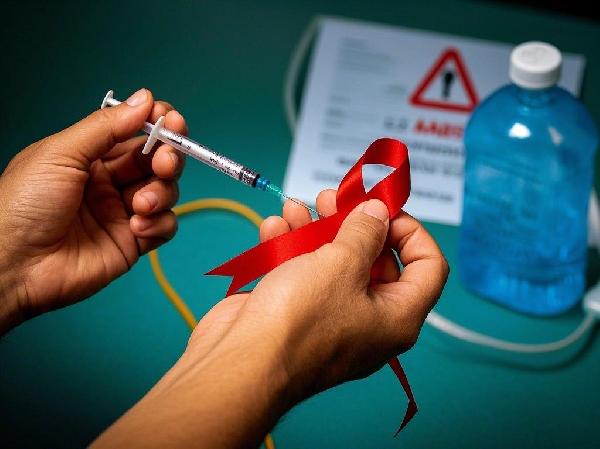safe words aren't just for hardcore BDSM enthusiasts. They're the golden ticket to hotter, safer sex for everyone, whether you're experimenting with light bondage or just want an easy way to communicate during more adventurous nights. Think of them as your sexual emergency brake—a quick, clear way to pump the brakes without killing the mood. And trust us, nothing kills passion faster than miscommunication or discomfort that goes unchecked.
Why Safe Words Aren't Just for "Kinky" People
There's this weird misconception that safe words are only necessary if you're breaking out whips and chains, but that's like saying seatbelts are only for race car drivers. Even vanilla sex can benefit from a pre-established "pause button." Maybe your leg cramps up, or the position isn't working, or you just need a second to breathe—having a word that means "hey, let's adjust" keeps things flowing without awkward interruptions. Plus, knowing you have a way out actually makes people more willing to explore, because safety nets encourage risk-taking (the fun kind).
The Psychology Behind Why Safe Words Work
Ever notice how "no" can sometimes get ignored in the heat of the moment, even by well-meaning partners? That's not (always) about disrespect—it's about context. During roleplay or intense sex, words like "stop" or "don't" might be part of the scene, which is why a random, unmistakable word like "pineapple" or "flamingo" cuts through the noise. It's a psychological trick: your brain registers it as an off-script alert. Studies show that pre-negotiated verbal cues reduce anxiety and increase sexual satisfaction because both partners feel more in control. Basically, safe words don't kill spontaneity—they protect it.
How to Choose a Safe Word That Actually Works
Forget the cliché "red/yellow/green" system if it doesn't vibe with you. The best safe words are: 1) Easy to remember (even when you're distracted), 2) Unlikely to come up naturally during sex ("marshmallow" beats "slow"), and 3) Agreed upon beforehand. Some couples use two-tiered words—like "yellow" for "ease up" and "red" for "full stop"—while others prefer something silly to lighten the mood ("t-rex" works surprisingly well). Pro tip: Avoid words that sound like moans ("more," "harder") or that you've used sarcastically in fights ("fine," "whatever").
Non-Verbal Safe Signals for When Words Fail
What if you're gagged, or too breathless to speak? That's where non-verbal cues come in. For bondage scenes, hold a noisy object (like keys or a squeaky toy) and drop it as a signal. The classic "three taps" works for restrained hands—it's universal in martial arts and BDSM for a reason. For quieter settings, snapping fingers or humming a specific tune can do the trick. Just make sure to test these signals first (try them while watching TV to see if your partner notices) and always have a backup plan.
What to Do When a Safe Word Is Used
This is crucial: the second a safe word is invoked, everything stops—no questions, no eye-rolls, no "but we were so close." Check in immediately, without judgment. Offer water, adjust lighting, or just hold space. Aftercare isn't just for extreme play; even mild discomfort warrants reassurance. Later, discuss what happened calmly ("Was it physical pain or emotional overwhelm?"). Sometimes, it's a simple fix ("That rope was too tight"); other times, it reveals deeper boundaries. Either way, respecting safe words builds trust, which leads to—you guessed it—even hotter sex down the line.
At the end of the day, safe words aren't about killing the mood—they're about keeping it alive. When both partners know they can explore without fear, that's when the real magic happens. So grab your partner, brainstorm some ridiculous words (we're partial to "avocado" ourselves), and get ready to turn up the heat—safely.
























